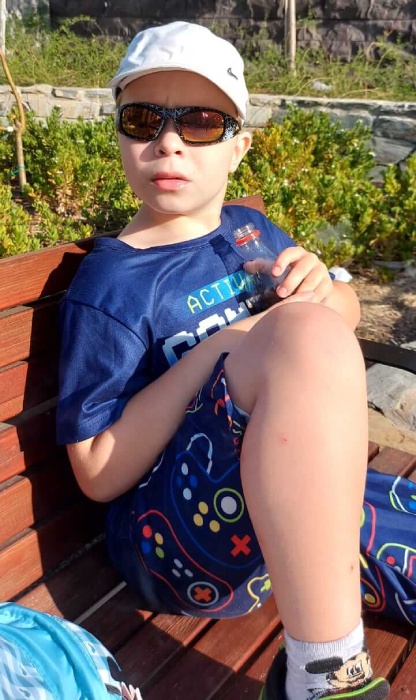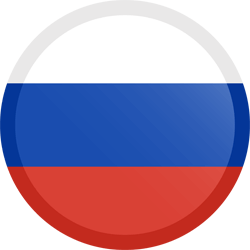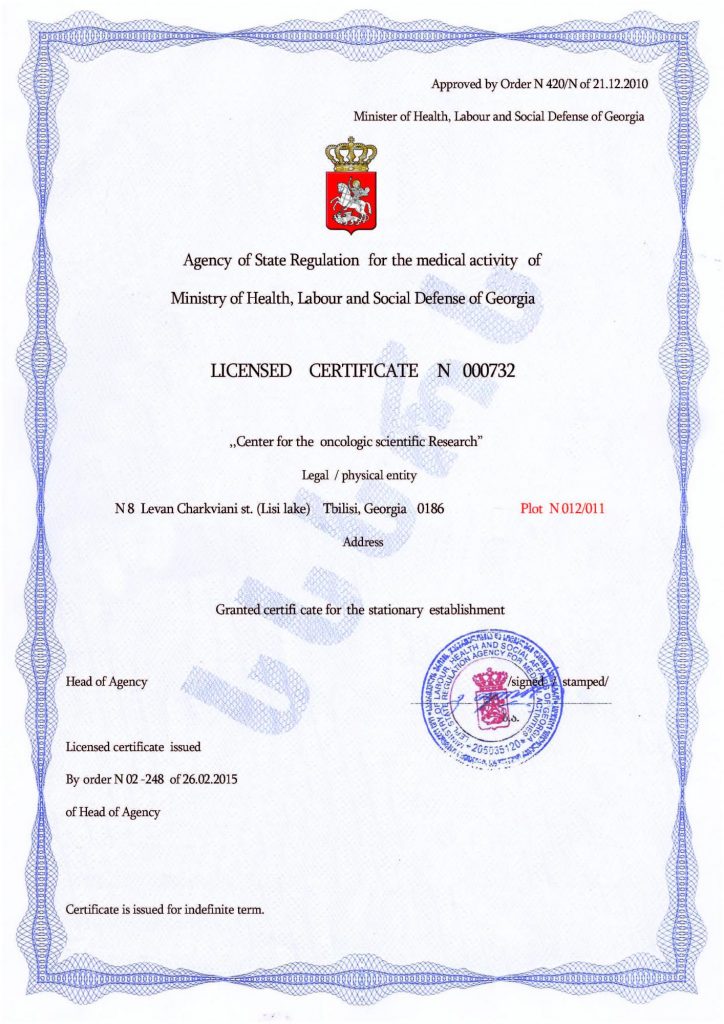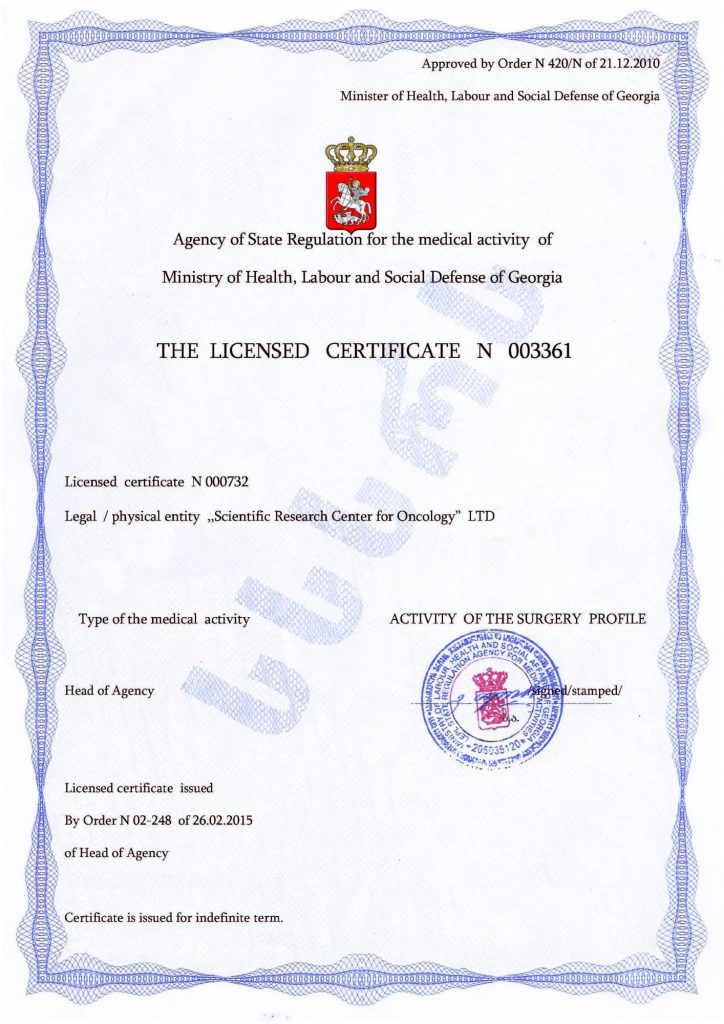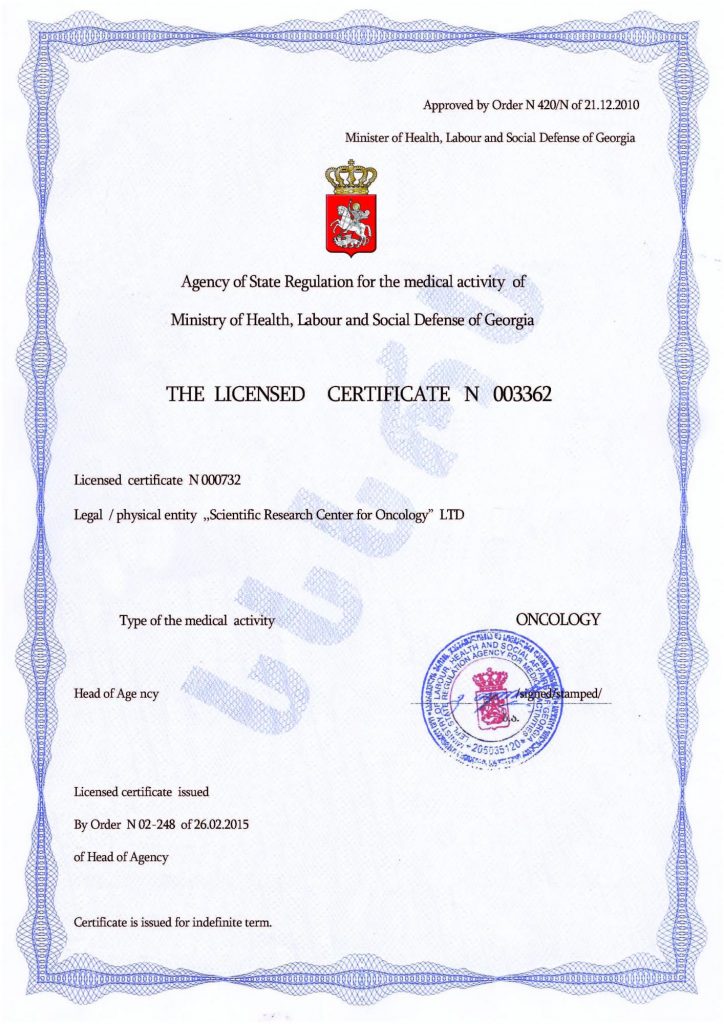Psychogenic Autism
Paraautism, psychogenic autism, and deprivation autism are different names for the same condition, a separate type of ASD. It occurs in the early period of ontogenesis on the basis of mental deprivation, a kind of shock due to impaired mother-child communication caused by insufficient emotional closeness. Another common reason is the presence of organic pathologies that prevent the establishment of natural emotional contact, a disorder in the functioning of the analyser systems. These include cerebral palsy, deafness, blindness, hypokinesia, and other serious pathologies.
Manifestations of the psychogenic form of autism
This type of ASD manifests itself in the form of communication dysfunctions — poor vocabulary or refusal to interact socially. Children are closed, constantly in their inner world. There is also mental retardation, emotional immaturity with a deficit of values in the personal sphere, weak volitional activity, and poorly developed social functions.
- Newborns
Infants and children under the age of 1.5 years have not formed an emotional connection with their mother; they do not react to her and do not ask to be held. They have no interest in new bright toys and no reaction to external stimuli, such as bright lights or loud sounds. They have no interest in games, cartoons, fairy tales, etc.
- Toddlers with ASD
Paraautism in children at the age of 1.5 to 5 years manifests as a delay in speech and mental functions. They have weak sound, gestural, and speech reactions. A monotony of postures, an indifferent facial expression, and dull and indifferent body language are characteristic of many children with paraautism. They like to be alone. When playing a game, they prefer monotonous and repetitive scenarios and do not hurry to accompany actions with onomatopoeia or their own comments.
- Preschoolers
Children at the age of 5-7 years can speak fluently and have basic speech functions, but they are clearly incomplete. At this stage, personality disorders, such as a sense of self-inferiority and immaturity, become more noticeable. It is difficult for them to establish friendly relationships with peers and adults. Their empathy also remains underdeveloped — the child cannot participate or show empathy.
Effective treatment for paraautism
Medicine and psychocorrection are the main therapeutic methods for paraautism. Developmental training conducted by defectologists, psychologists, and teachers is also prescribed. Due to the complex effect of the training, it is possible to contain the development of the disease with some degree of success. But only partially. Unfortunately, it is not able to eliminate genetic mutations in the brain. However, in recent years, one innovative technique has increasingly achieved this goal.
Treatment of childhood autism spectrum disorder with stem cells means updating the structure of the brain and significantly eliminating the symptoms of the disease!
This technique has no analogues. It is much more effective than many other methods of ASD correction. The stem cell transplantation procedure has a long-term therapeutic effect, which is maintained and enhanced by classical developmental treatment. You can undergo the procedure at the Mardaleishvili Medical Centre. The cost and quality of correction for childhood autism are the most advantageous for the patient here.
You can sign up for treatment for childhood autism online. Do this, and your child will know the joys of a full and healthy lifestyle!
Autism Treatment Center Videos
Autism treatment with own stem cells
Cord blood association congress
International Quality Crown
Autism Treatment Reviews
Autism treatment with own stem cells
The story of Alessandro (6 years old)
Autism Patient Testimonial - Stem Cell Treatment
Clients Testimonials

Anna – Sasha’s mother Read More
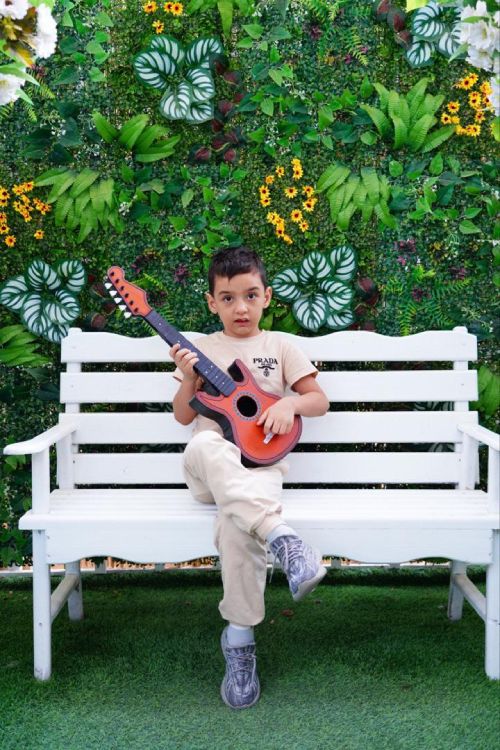
Amirkhon’s father — Tokhir Read More
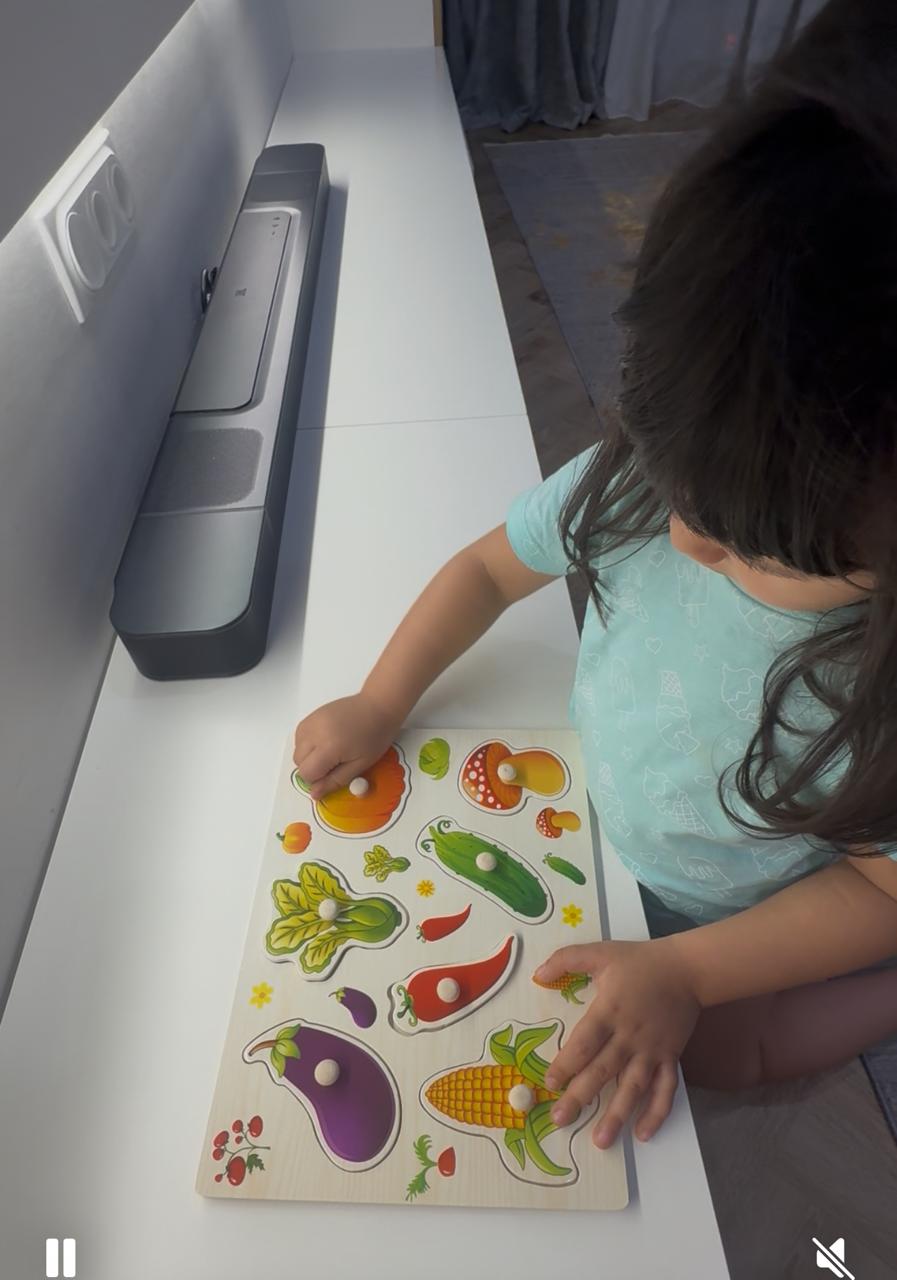
Dilana’s mother Read More
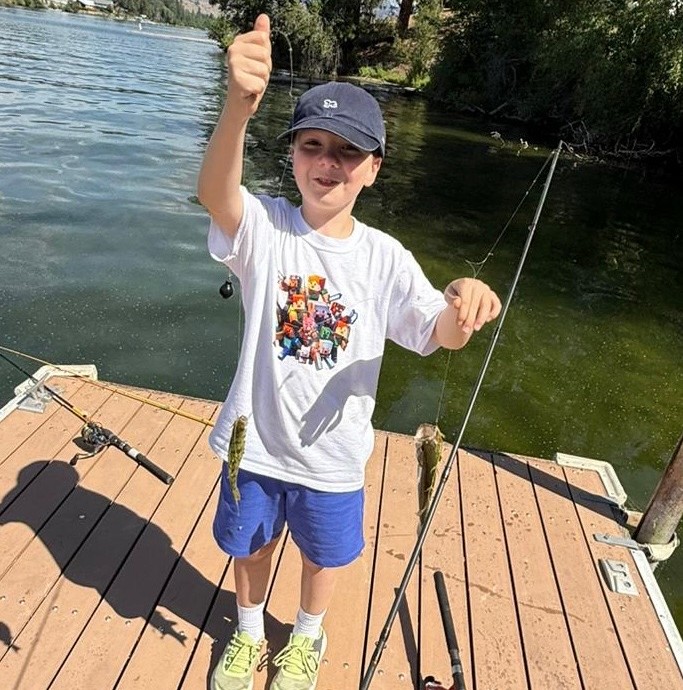
Irina and Stefan – Ilya’s parents Read More
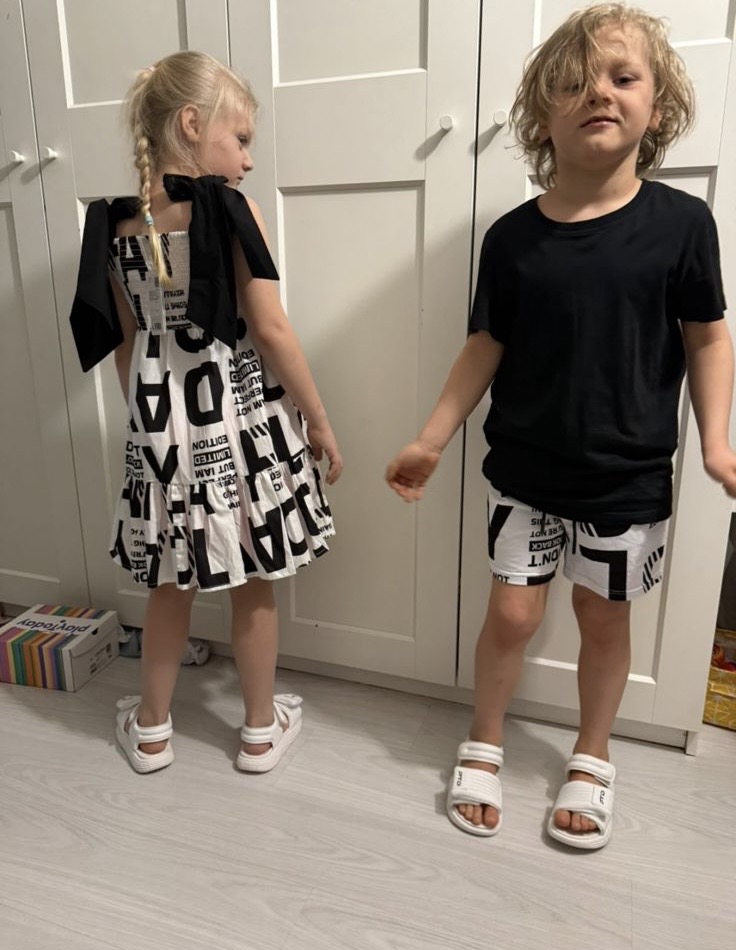
Kristina – mother of Nelly and Nik Read More
